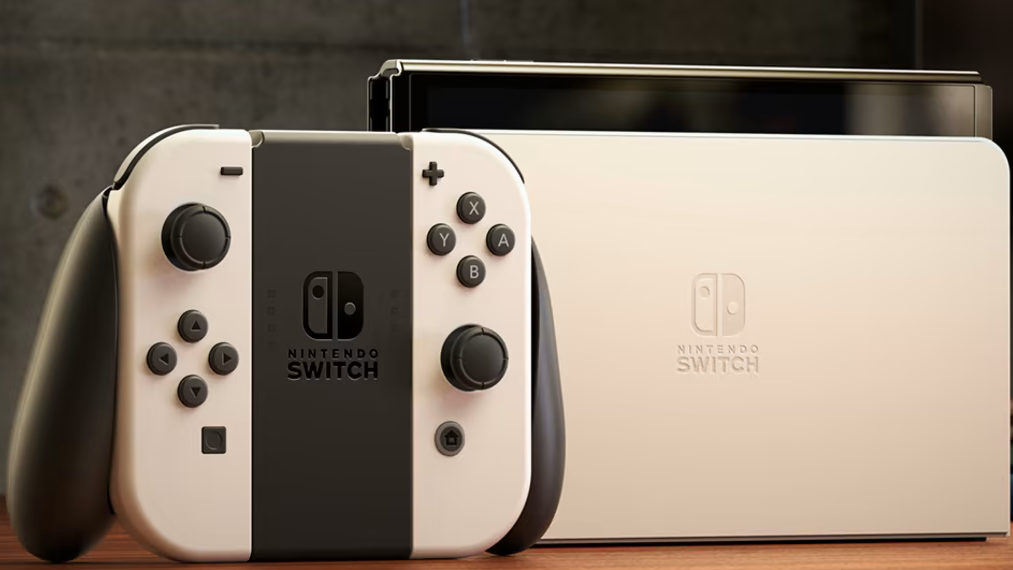Following reports indicating a Q1 2025 Nintendo Switch 2 release, Nintendo's JP stock drops by over 5 percent

Following a Bloomberg report on Saturday claiming Nintendo had informed publishers of a Q1 2025 delay for the Nintendo Switch 2, CNBC reported a 5.84% drop in Nintendo's Japanese stock market shares. Nintendo's reasoning in the original Bloomberg report was to ensure the strongest possible launch game lineup for Switch 2.
While this move from Nintendo would be in defiance of traditional launching-prior-to-holidays wisdom and past rumors pointing to a 2024 release, it would not be uncharacteristic with its past console releases at all. After all, the original Switch launched in Q1 as well— March 2017. But Nintendo and major delays like this go back farther than just that one example.
Nintendo's Legend of Zelda series is a good place to start as an example. The Legend of Zelda: Twilight Princess was the first 3D Zelda game attempting to tackle a dark, realistic aesthetic for the Nintendo GameCube (following a cartoony Wind Waker, with then-mixed reception). The reveal of Twilight Princess was pitched as a GameCube game during E3 2004 with a 2005 release date, but it was infamously delayed for nearly two whole years.
These repeated delays for Twilight Princess pushed it to become a cross-generation release for both Nintendo GameCube and Nintendo Wii in the Winter of '06, with Wii's launch. Delaying until nearly 2007 allowed Nintendo to polish the game for a successful dual-platform launch, though not without quirks.
For example, Nintendo Wii's right-handed motion controls also meant that the Wii version of Twilight Princess was actually vertically "mirrored," so the East Side of the map became the West, and the playable character Link's left sword hand became his right hand. Link is left-handed on every Nintendo console but the Wii for this reason.
The delays of Twilight Princess and Nintendo's cautious release practices were so infamous that it led to "a rushed game is forever bad" being misattributed to Shigeru Miyamoto.
Twilight Princess isn't the only example, though: later on, we saw a similar phenomenon play out with Legend of Zelda: Breath of the Wild. While it's known today as a March 2017 Switch release game, it was originally announced for Wii U back in E3 2014. Instead, it was a dual-console launch that had slightly worse visuals on Wii U and removed second-screen gameplay elements for parity with the Switch version.
Overall, it seems that this move from Nintendo to delay a console launch solely to have a stronger launch lineup would be in character with its past releases, though these are technically rumors for now. The original Switch launched in a similar window and experienced great success despite missing the previous year's holiday rush— and Switch OLED still proved successful despite not being the "Pro" people wanted it to be.
While these delays may bode well for future Nintendo and Switch 2 purchasers, they may leave a sour taste in the mouth of present-day investors or any customers who could purchase an old Switch model during the holidays without knowing of the Switch 2's existence.
